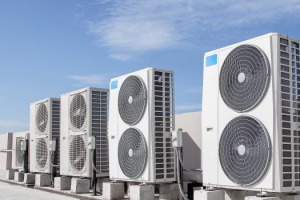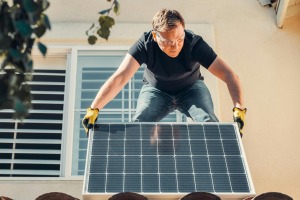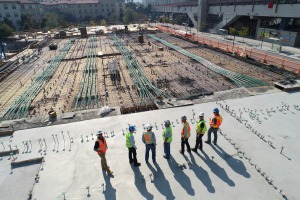


News I published 24 December 2021
What will prefab be used for and made of in the future?
Usage of prefabricated elements in construction has grown significantly over the past decade or so. According to architects, who are excellent indicators of future developments due to their large and early role in the construction process, the usage of prefab will continue to grow steadily in the coming years. Using ever more prefab will impact the construction process as a whole, the way we build and the materials we choose to use.
For manufacturers of construction materials, knowing for which parts of a building prefabricated elements will be used the most and what materials will be preferred for them is crucial for future profit and maybe even for future survival. That is why, for the Q3 2021 report of USP Marketing Consultancy’s European Architectural Barometer, we did not only ask European architects from eight major European markets whether they expect growth of prefab. We also asked them which parts of a building they expect the use of prefabrication the most, and what materials they expect to be used for them.
Prefab continues to be used the most for facades and external walls
Just like before, European architects expect the use of prefabricated elements to grow the most for the construction of facades and external walls. They are currently the most important destination for prefabricated elements, and according to architects, this will continue to grow the most.
But prefab can be used for many other parts of a building, which is also evident in the architects’ expectations. Architects expect the use of prefab to grow in a wider variety of areas, like internal walls, pitched roofs and ceilings. These are among the parts of buildings where architects already see prefab elements used a lot. After facades and external walls, the use of prefab is expected to grow the most in the construction of those building parts.
Does a variety of application areas mean a variety of basic construction materials used?
The above shows that, on average, architects expect external walls, internal walls, ceilings and pitched roofs to be the areas most affected by prefab in the future. Varied though these areas are, there is one basic construction material that architects expect to play the most important role in the manufacture of prefab elements for all of them. That basic material is wood or timber, the material most connected to prefabrication in general.
Aside from that one uniting element of timber, each building part for which prefab is expected to be used more has its own characteristic construction material that is dominantly used. After timber, architects expect concrete to be the material dominantly used for prefabricated elements for facades, for instance. Next to timber, gypsum or plaster is the dominant material for prefabricated inner walls, and steel, to a lesser extent, for prefabricated parts of pitched roofs.
Conclusion
It does seem that, although timber remains the most dominant basic material for prefabricated elements in general, specific construction materials are dominant for prefabricated elements used for specific parts of a building. For producers and manufacturers of construction materials, it will be invaluable to know which area of application is expected to be most affected by prefab. The above only shows the average expectations of European architects, however.
For detailed information on expectations of architects in the countries you operate in, as well as on how the use of prefab will affect decision making in the construction process in eight European countries, we refer you to the Q3 2021 report of USP Marketing Consultancy’s European Architectural Barometer.

Read more about the subject


18 July 2024 I Dirk Hoogenboom
Willingness to invest of European consumers in sustainability improvements of their houses lower in 2024 than in 2023


02 July 2024 I Dirk Hoogenboom
BIM adoption among European HVAC installers remains low


06 June 2024 I Maja Markovic
Sustainability in the electrical installation sector; slow but steady growth


06 June 2024 I Dirk Hoogenboom
Trends in construction material usage

Fresh Insights Await
Our latest reports
Delve into the newest findings across various market segments, crafted for a cutting-edge overview. Explore our latest reports, brimming with up-to-date data, trend analyses, and in-depth examinations, all tailored to provide you with a comprehensive understanding of the current market dynamics.
Construction
Home Improvement
Installation
Construction
Trends in material usage Q1 2024
2024 102 pages
Explore the evolving trends in material usage among European architects in Q1 2024. Delve into the factors driving material preferences and the impact on construction aesthetics and sustainability.
1,850 Euro
Construction
Media orientation H2 2021
2024 161 pages
Explore the media engagement patterns of contractors to optimize your marketing strategies. Dive into a pool of insights that unveils how contractors interact with different media channels.
6,300 Euro
Construction
European Green Deal Q4 2021
2024 88 pages
Explore the impact and reception of the European Green Deal among architects. Understand how the initiative is influencing architectural practices and sustainability measures.
1,850 Euro
Construction
BIM Q4 2023
2024 246 pages
Key insights regarding the BIM usage and behaviour of European architects, and our latest future building volumes prognoses
1,850 Euro
Construction
Purchase Channels H2 2023
2024 123
Explore the buying and ordering behaviour among contractors in H1 2023. Uncover the key channels used, share-of-wallet and much more.
6,300 Euro
Construction
Behavioural segmentation and media usage report 2023
2023 75 pages
This report provides a comprehensive overview of purchase behaviour, products, and media usage, specifically focusing on European handymen. It delves into how handymen use media, and for what purposes, and examines their habits and preferences in terms of purchasing behaviour.
8,400 Euro
Home Improvement
DIY versus DIFM Q4 2021
2024 113 pages
This report is a must-have if you’re in the home improvement industry. It provides a wealth of information on the behaviour of DIY and DIFM consumers, their motivations, and the factors that influence their purchasing decisions.
3,150 Euro
Home Improvement
DIY or DIFM Q4 2023
2024 70
Explore the prevailing trends between DIY and DIFM in Q4 2023. Understand consumer preferences and the factors influencing their choice between DIY and DIFM.
3,150 Euro
Home Improvement
Branding Q3 2023
2023 93 pages
This report offers an extensive overview of the home improvement industry, with a focus on branding and the most popular brands within different categories. Within this report, you will gain insights into how customers perceive home improvement brands and what motivates them to buy certain products.
3,150 Euro
Home Improvement
Purchase channels Q2 2023
2023 114 pages
The European Home Improvement Monitor offers valuable insights on purchase channels in the European home improvement industry, examining the evolving preferences and behaviors of consumers across traditional retail and emerging online platforms.
3,150 Euros
Home Improvement
Purchase Channels Q2 2022
2022 124 pages
Uncover the prevalent purchase channels in the home improvement sector during Q2 2022. Delve into consumer preferences and the factors influencing their purchasing decisions.
3,150 Euro
Home Improvement
Do-it-yourself or do-it-for-me Q4 2022
2022 93 pages
Explore the prevailing trends between DIY and DIFM in Q4 2022. Understand consumer preferences and the factors influencing their choice between DIY and DIFM.
3,150 Euro
Installation
Smart & Connected Products Q2 2024
2024 120 pages
This report provides a comprehensive view of the attitudes of installers toward smart building solutions, specifically among electrical installers and their clients. In the report, you will find insights into the installers' experiences with installing smart products and the willingness of end users to invest in such solutions, as well as their motivations and pain points.
3,150 Euro
Installation
Sustainability Q1 2024
2024 81 pages
Delve into sustainability trends in the home improvement sector in Q1 2024. Discover consumer preferences and the shift towards eco-friendly home improvement solutions.
3,150 Euro
Installation
BIM Q1 2024
2024 84 pages
The European Mechanical Installation Monitor report provides a detailed analysis of the plumbing and HVAC industry. This report specifically focuses on BIM adaptation in the industry.
2,650 Euro
Installation
Sustainability Q1 2024
2024 99 pages
The European Electrical Installation Monitor report provides a detailed analysis of the sustainable solutions in the installation industry. This report specifically focuses on sustainability aspects in the industry.
3,150 Euro
Installation
Challenges toward sustainable future Q4 2021
2024 111 pages
2,650 Euro
Installation
Purchase channels Q4 2021
2024 106 pages
Delve into the training needs within the electrical installation sector. Understand the areas requiring skill development to meet the evolving demands of the industry.
3,150 Euro








